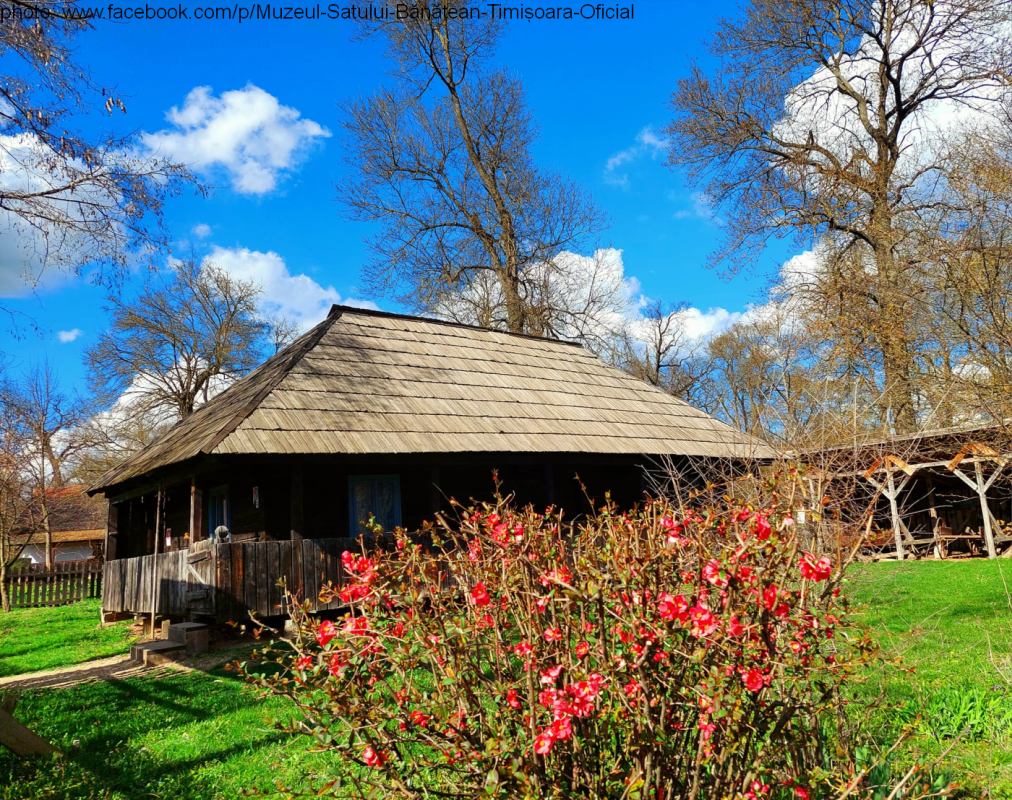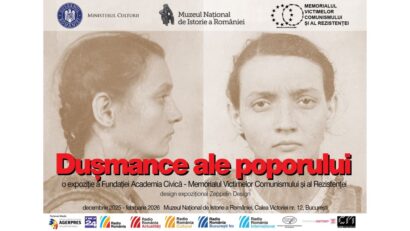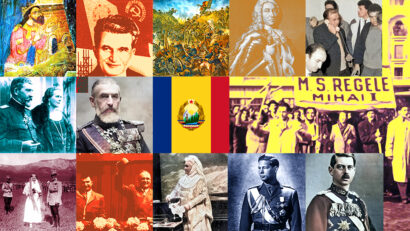Jews in Romanian Banat
The Jews of Banat were a remarkable minority through their religion and culture.

Steliu Lambru, 11.08.2025, 14:00
Located between the Danube River, the Mureș and Tisa Rivers, and the Carpathian Mountains, the historical province of Banat appears in history in the 10th century. In the mid-11th century, Banat became part of Hungary, and in the mid-16th century it was conquered by the Ottoman Empire. In 1716, Banat was conquered by the Austrians, and until 1918 it was part of the Habsburg Empire and Austria-Hungary. At the end of World War I, Banat, with an area of approximately 28,500 square kilometers, was divided between Romania 66%, Yugoslavia 33%, and Hungary 1%. A Romanian majority and other minorities such as Hungarians, Germans, Jews, Serbs, Croats, Czechs, Bulgarians, and Roma continued to live in the Romanian Banat.
The Jews of Banat were a remarkable minority through the religion and culture with which they contributed to the local civilization, and to that of the state in which they lived. Among the Jews of Banat, scientists, theologians, entrepreneurs, teachers, artists, and athletes have become known to the world, and a few names are relevant in this regard: physicist Peter Freund, musician Ioan Holender, journalist Peter Gross, and footballer Rudolf Wetzer. Banat Jews are attested from the 2nd-3rd centuries, but the entry of Banat under Austrian control led to the stabilization of the region, its development, and the numerical growth of the ethnic group. Until the 20th century, when anti-Semitism also manifested itself in Banat, Jews debated and adopted the ideas and trends of the times. Anti-Semitic persecutions changed perspectives and destinies, and one of the persecutions began after August 30, 1940, when Northern Transylvania was to be ceded to Hungary by the Vienna Dictate.
Young Ernest Neumann was born in Bihor, in present-day western Romania, outside Banat, in 1917. When Northern Transylvania was ceded, he had no idea that he would soon be appointed rabbi in Timișoara, the capital of Banat, in April 1941. In 2002, he confessed to the Oral History Center of Romanian Radio that he was anxiously awaiting the decision in Vienna.
“At the time of the Vienna Dictate, I was in Ujgorod Ungvar, which had already been re-annexed by Hungary. And there I listened with great fear and hope to the radio broadcast to find out how the demarcation line between Northern and Southern Transylvania would be drawn and whether Beiuș would remain, in the future, belonging to Romania. Which was done, to my great satisfaction and contentment. The return encountered obstacles, but I returned. I returned during the saddest period of the Antopnescu-Legionnaire bicephalous domination and there was no question of me taking a position in the leadership of the Jewish communities because the Jewish communities in Transylvania, which I was aiming for, were somehow burdened with survival problems. So, having a sister in Bucharest, I headed towards the capital where I was present at the Legionary rebellion of January 21-22, 1941.”
Neumann took on the position of head of his community and, among other things, was responsible for teaching religion at school and leading divine services at the synagogue in the Fabric neighborhood of Timișoara. He recalled that the fate of the Jews of Banat during those terrible years was better than that of others.
“Those of us here, in this area, were deprived of our rights, we lived a life of pariahs. But there was no deportation from here, we did not wear a yellow star and we did not have any victims, in essence, we did not have any. If at the beginning of the war there were 12,000 members of the community, we ended the war with the same number. Which cannot be said about what happened in Bucharest, in Moldova in Dorohoi, Iași and in Transnistria, persecutions that made it so that out of 850,000 Jews, how many there were in Greater Romania, at the end of the war we counted only 420,000. However, compared to other countries such as Denmark and Bulgaria where there was no deportation at all, compared to Hungary where out of 800,000 Jews due to deportation to the Auschwitz extermination camp, only 200,000 remained, here, however, half of the Jewish population survived.”
Banat is considered by many to be the model of ethnic coexistence in Romania. This opinion was also shared by Ernest Neumann, who insisted that the spirit of tolerance was widespread throughout the Romanian space.
“The citizens of this area of Transylvania, who were formerly under the Austro-Hungarian Empire, were indeed more tolerant, more understanding, towards the sons of the Jewish people with whom they lived together in relative peace and understanding throughout history. Although the Romanian people, in general, cannot be said to be a gentle and benevolent people. I grew up among peasants, I had friends who wore opinci [peasant leather shoes] and we got along very well and no distinction was made as to whether someone was Jewish or Hungarian or Romanian. However, there were dividing barriers that were absolutely artificially created, based on any criterion: whether nationality, religion or race, all of which are foreign to a rational conception of man.”
The Jews of Banat lived for centuries in mutual tolerance with the majority and with other ethnic minorities. And in the dark years of anti-Semitic persecution, they found enough reason in others to not fall prey to death.






























